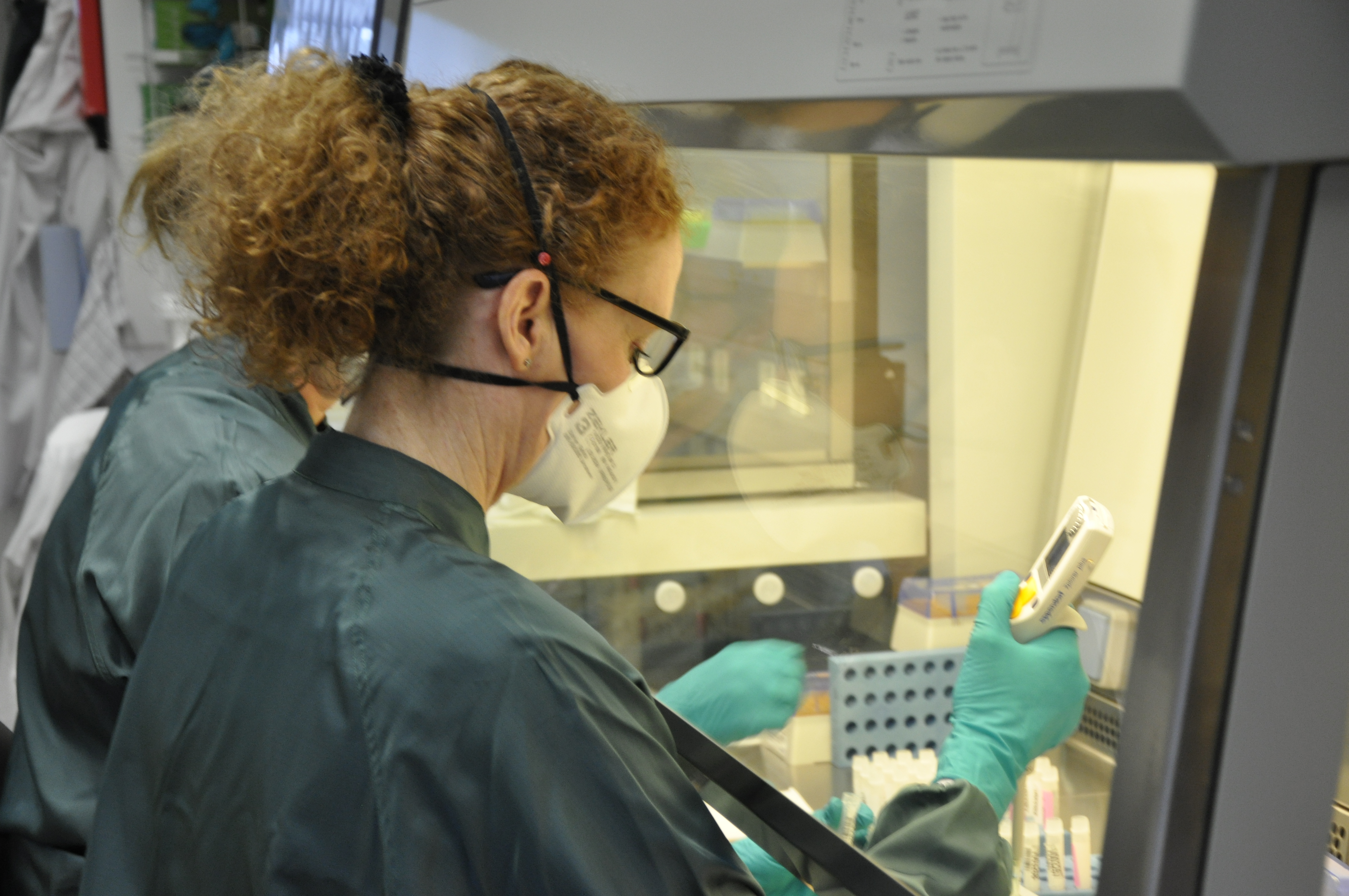Highlighted fragility and insufficiency of US medical device supply chains reinforce the urgent needs of the industry buckling under the pressures of the COVID-19 outbreak.
Q1 2020 hedge fund letters, conferences and more
The current crisis has driven greatly impacted state and municipal government bodies to implement social distancing measures to “flatten the curve” and avoid the overburdening of unprepared and insufficiently inventoried US medical facilities.
The Need For Ventilators
On March 25, governor Andrew Cuomo said that the state of New York needs 30,000 ventilators. With only 4,000 ventilators in the state hospital system, the federal government has announced sending another 4,000 units, while New York purchased additional 7,000 machines elsewhere. During his daily briefings, governor Cuomo also said that the state’s greatest challenge right now is the ventilators.
The reason this is a challenge is because traditional ventilator producers are indicating production backlogs up to 8 months and even longer. This is the situation at a time when the first wave of nationwide COVID-19 cases is expected to peak in about 8 weeks or so. Similar to New York, which has seen the largest US count of COVID-19 cases, at least 11 states have reported spikes in new cases and are projecting similarly drastic shortages of ventilators, N95 masks, hospital beds, and other medical devices and supplies in New Jersey, Washington, California, Michigan, Florida, Illinois, Massachusetts, Louisiana, Georgia, Pennsylvania, Colorado and their most populous cities.
But during this ongoing crisis, motivated and resilient groups have sprung to action with a flood of inbound proposals of help to state and municipal agencies. Varied solutions include open source medical design - startups working to repurpose older model low oxygen flow baby ventilators for high-flow adult intensive care use by COVID-19 patients, to process oxygen through fewer healthy lung cells. The Federal government also responded by invoking, to variable degrees, the Defense Production Act in an attempt to redirect US manufacturing and begin producing critical infrastructure.
Manufacturing Simplified Versions Of The Medical Devices
Even the auto industry’s biggest giants have responded by announcing shifts in planned automobile production capacity to be retooled and made available to manufacture ventilators. Ford and GM will be making “simplified versions” of the medical device by utilizing their large production capacities. Experts also point out to the fact that there are similarities between some components of cars and ventilators, such as hoses.
Carla Bailo, the CEO of the Center for Automotive Research, told Bloomberg TV that you can find similarities in the process of making any kind of device and a car, which should be utilized to the fullest extent.
GM has also announced that it will be making up to 50,000 face masks per day while cutting down on automobile production. And General Electric’s healthcare division will advise Ford on how to make medical devices.
These encouraging responses by the government, industry and individuals highlight the many ways we as a society are prepared to respond to our medical supply chain crisis, but more importantly they underscore just how unprepared the US manufacturing base really is. It also points to recent history of US consumerism, which has taken the US manufacturing industry for granted allowing it to be dismantled only to want to quickly stitch it back together again with continued expectations for uninterrupted supply, quality and end-user safety protections.
Limited Qualified Supply Chain Capacity
The unprecedented situation we find ourselves in combined with a patchwork approach is leading us to potentially make decision errors in haste during times of crisis with limited resources and limited qualified supply chain capacity.
Manufacturing is an often misunderstood industry meriting coordinated efforts for a better managed industry response. This is because retooled assembly plants or prototype labs in industries other than medical will ultimately call on the same limited capacity supply chain network of qualified medical device and parts producers in order to achieve some degree of scalable impact.
Undoubtedly, every extra bed, every extra protective mask and - most certainly - every extra ventilator counts at this critical moment. At the same time, we want to be sure not to deny the beneficiaries of the medical supplies, those who need them the most, the manufacturing qualification certifications and procedures established by ISO13485, FDA GMP and medical level clean rooms to ensure the proper manufacturing safety and functionality for the medical device end users.
There are approximately 1,500 precision parts in any given high performance ventilator. While the halted automotive giants and other large manufacturers may fill in the immediate gap and help save lives with the simplified versions of the device, top medical ventilator manufacturers in the U.S., such as Airon Corporation, Becton Dickinson and Company, GE Healthcare and others should be given all opportunities to expand their production and diversify their product line, including ventilators for in-home use and other transportable types.
Lastly and of equal importance: we do not want to overlook smaller niche ventilator component producers possessing the requisite knowledge, experience and certifications their proper time to come to our rescue after we left them to fight for their own lives against unmitigated trade and industry offshoring for the past two decades. Let’s not make the same mistake twice of shifting attention away from extremely capable albeit sometimes lesser known medical device component manufacturers in our own fervor to reinvent the US manufacturing base.
Those people impacted by the coronavirus deserve properly manufactured medical devices while seasoned certified US manufacturers and suppliers deserve the opportunity to make those device components and receive our vote of gratitude for their steadfast commitment to the trade during the industry offshoring crisis of the last two decades, which allowed them to still be here for us now in our own moment of crisis. This is their time to shine while it is the nation’s time to heal.




